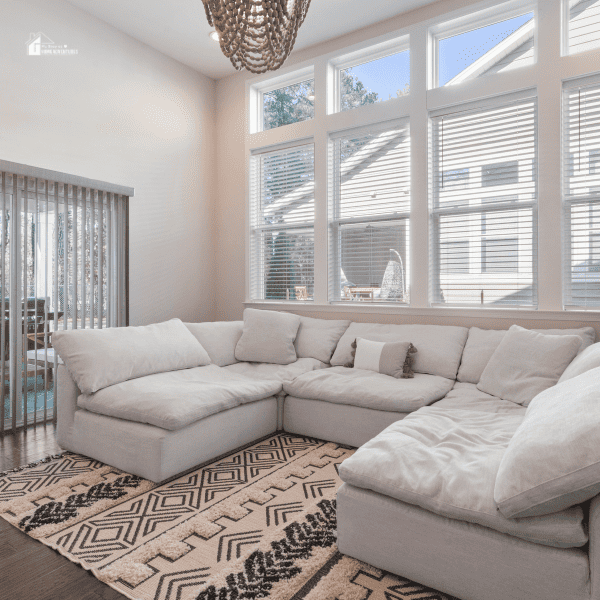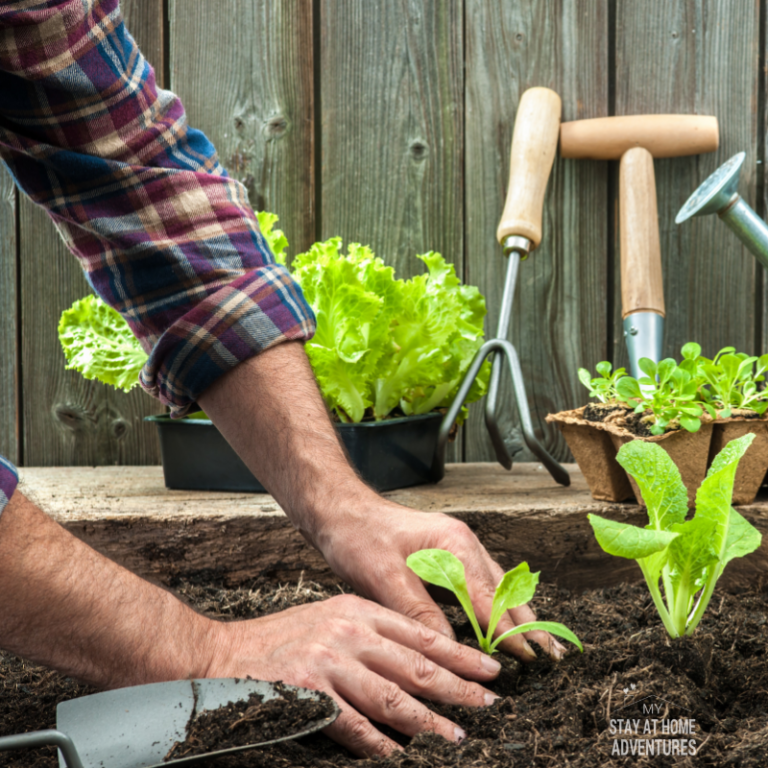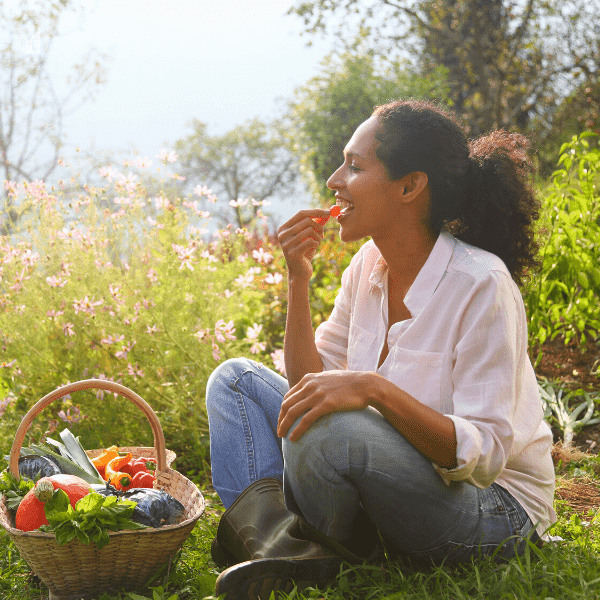4 Tips for Choosing Your Plants for Your Landscape Design
This post may contain affiliate links which might earn us money. Please read my Disclosure and Privacy policies hereSelecting the right plants is a critical part of the landscape design. Here are four essential tips to help you develop a thoughtful plant palette that can help you create a sustainable, functional, and beautiful landscape.

Assess your Site’s Environmental Conditions
The first step to achieving a healthy landscape is to understand the specific growing conditions of your location. Conducting a thorough and honest evaluation is the most reliable way to ensure your plants’ health and longevity.
Before purchasing any plants, ensure you assess the following factors: climate, sunlight, soil conditions, water requirements, and wind intensity. Educate yourself about the environmental specifics of your location to better inform you during your assessment.
For instance, if you live in the Georgian Bay region, take time to look for trusted content that discusses the basics of landscaping in Georgian Bay region. Ignoring your site’s conditions can lead to poor growth, disease, and costly plant replacement.
Define Your Plants’ Purpose
Determine what you need the plants to accomplish in your landscape. Keep in mind that different plants can serve a variety of purposes, so be as specific as possible when listing their functions. For more privacy or to block unwanted views of roads or neighboring properties, consider using tall, dense plants like evergreens.
Large, deciduous trees with wide canopies are ideal for providing shade in the summer, which can significantly help lower cooling costs. While in winter, their bare branches allow sunlight through. If you want to provide wildlife support, native plants are a good choice as they can attract and provide food and shelter for local birds and other animals.
Dense shrubs can be used to direct foot traffic or separate areas of your yard. Use plants with a neat, compact growth habit in high-traffic areas, such as next to walkways, and avoid thorny plants near play areas.
Consider Aesthetic and Design Factors
Beyond practical use, the visual characteristics of your plants play a crucial role in the overall aesthetic of your landscape. When choosing plants, make sure to consider their texture, form, color, and seasonal impact. Utilize a variety of plant shapes to help add visual interest.
If you want to add drama or character to your landscape, use coarse-textured plants. Alternatively, fine-textured plants have delicate foliage and can create a calmer feel, and also make your outdoor space appear larger.

Plan for Growth and Maintenance
A truly successful landscape plan accounts for how plants will mature and the work required to keep them healthy over time. When choosing your plants, always consider their mature sizes and make sure they have enough space to grow. Crowding plants can lead to maintenance issues later on and possible costly adjustments.
If you have limited time for upkeep, opt for low-maintenance plants. Consider if a plant’s dropping leaves or fruit will create future problems in your pathways, patios, or pool, in case you have one.
Endnote
Choosing plants for your landscape design involves balancing a plant’s environmental needs with its aesthetic features and your functional goals. By following these valuable tips, you can create a thriving and sustainable ecosystem that can help boost your property’s value.








